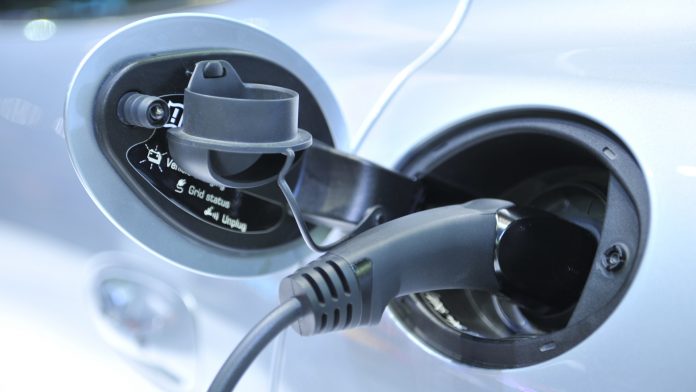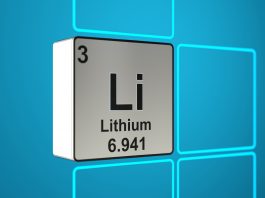With lithium rarely out of the news, Anand Sheth, Founding Chairman at the International Lithium Association (ILiA), explains why the global lithium industry has come together and ILiA’s vision for this future.
We are living through an energy revolution as the world transitions towards net zero carbon. Lithium is key to this change, and the market is already experiencing unprecedented growth.
It seems that in the last year, the element lithium (Li) has rarely been out of the news because of its critical role in electric vehicles (EVs). The global transport revolution from petrol and diesel vehicles towards EVs has pushed demand for lithium-ion batteries to never-before-seen levels, an increase matched only by interest from regulators, end-users and civil society. Against this backdrop of rapid growth, the leading lithium producers came together to create a new industry association to support a sustainable, responsibly sourced lithium value chain.
Rechargeable lithium batteries are becoming ubiquitous, providing safe, reliable power wherever and whenever needed. Of the many applications for lithium batteries, EVs and energy storage solutions (ESS) stand out as the largest and fastest-growing sectors, driven by the worldwide shift from conventional fossil-fuelled vehicles towards cleaner forms of transport and energy use.
Driven by the growth in worldwide EV production, in particular, demand for lithium is increasing rapidly and is likely to become six times larger by 2040, according to Wood Mackenzie, a leading market analyst. If coal powered the 19th century and crude oil defined the 20th, then the 21st shows every sign of becoming the ‘lithium century’.
A historical anomaly
Despite the critical importance of lithium to so many applications, the lithium industry lacked a trade association to provide a central voice until very recently.
This was unusual since almost every industry, from accountants to car makers, has non-profit trade associations, and raw materials are no exception. They exist because the benefits an association can bring are numerous, ranging from networking with peers and sharing best practices to providing material stewardship and addressing common challenges efficiently and effectively.
A successful association is the centre of its industry, acting as an ambassador for its members’ interests, providing a trusted source of information, and offering a place where the community can meet (always conscious of antitrust conditions, of course).
The lithium industry was aware of this, of course, but prior attempts to create a lithium association had not met with success, arguably due to the small number of companies that have historically produced lithium.
The rise and rise of electric vehicles
The lithium market changed radically in the second half of the 2010s as the rise of Tesla in the United States coincided with concerted government policy promoting EVs in China. As EVs became mainstream, the demand for battery raw materials, including nickel, cobalt and lithium, grew proportionally.
In response to the growing market, the lithium industry increased production and a plethora of companies looked to develop new projects. By 2021 the lithium industry was experiencing unprecedented demand, and forecasters predicted decades of growth to come.
However, with increased market size came increased attention from outside the lithium industry, particularly from automakers, government regulators, and civil society.
Against this background, a group of six leading lithium producers came together and created the International Lithium Association (ILiA) to be the organisation that provides a representative, global voice for the lithium industry.
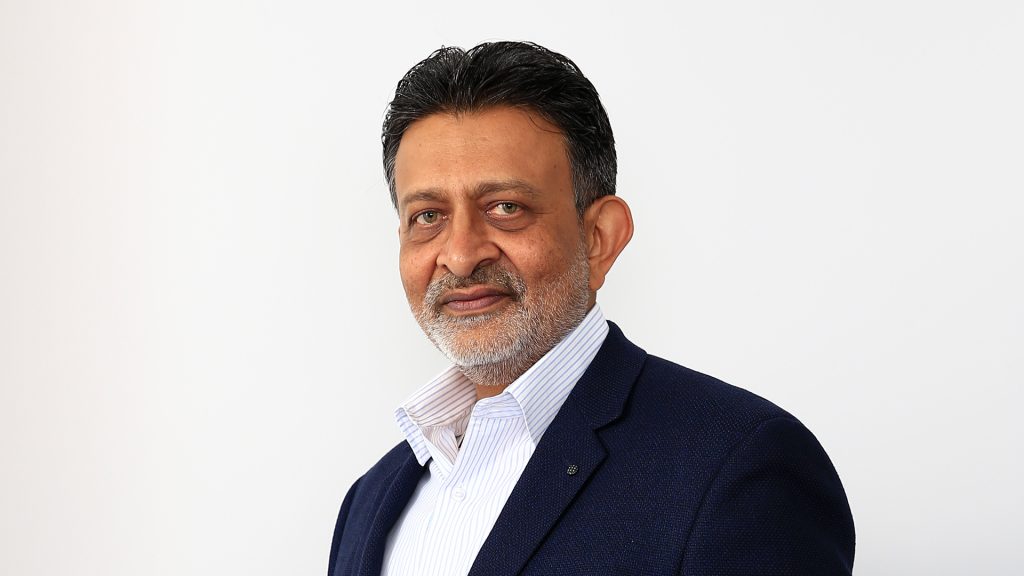
The lithium industry comes together
The six founding core members of ILiA are SQM, Ganfeng Lithium Co., Ltd, AMG Brazil S.A., Allkem Ltd, Pilbara Minerals and Albermarle Corporation. Together these giants of the lithium industry accounted for almost 75% of global lithium production last year.
The new organisation is headquartered in London, UK, where the secretariat is headed by the co-founder of ILiA, Roland Chavasse, a highly experienced industry association manager.
Roland has previously run associations for minor metals and tantalum-niobium and is well-versed in how to structure an effective organisation.
We chose to base ILiA in London for several reasons. London has a long history of dealing with metals and other commodities, not only at the London Metal Exchange and ICMM but also by the many mining and trading companies listed there.
Secondly, although the UK is not a prominent lithium actor, its convenient time zone bridges the two key producing regions, Australia and South America. This means our team can talk to Perth and Brisbane in the morning and Santiago and Buenos Aires in the afternoon.
Thirdly, London is home to world-class professional services, including our legal counsel, Mishcon de Reya, a law firm with long experience in both associations and antitrust and compliance law.
Finally, the proximity to Brussels is essential, given the extent of chemical management and battery regulations that the European Union generates. All told, London is very appealing for an international association, something which the Cobalt Institute, International Tin Association, International Lead Association and many others would agree on, I am sure.

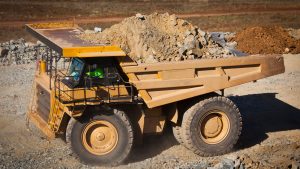
An association run by and for its members
As the international non-profit trade association for lithium, our vision is to become the voice of the lithium industry.
To achieve this, our core objectives are threefold, as outlined here.
To represent the lithium industry’s interests
To be the global trade association for the lithium industry, representing its members’ interests and addressing key technical and commercial challenges efficiently and effectively. As the industry’s trusted voice, we reinforce the crucial role of lithium in the global economy through advocacy and engagement, promoting proportionate legislation and regulation in discussion with policymakers.
To promote environmental, social, and governance (ESG) and sustainability awareness
To support the industry’s efforts to supply high-quality lithium sustainably and responsibly and proactively promote a better understanding of ILiA members’ ESG credentials. Our goal is to ensure that lithium products are produced and handled safely at all stages, from extraction and processing through to manufacturing and recycling. This is at the core of our mission.
To become the global authority on lithium
To be recognised as a trusted source of knowledge on all aspects of the lithium industry by regulators, governments, industry, civil society, media and the public. One aspect of this objective is to promote the reputation of the lithium industry as a sector with deep expertise in stable supply, product stewardship, responsible sourcing and sustainability.
Each of these objectives represents a significant body of work for this association and will not happen overnight. To achieve them will require the support and involvement of the entire value chain of lithium stakeholders, not just the six founding core members.
This is why ILiA’s structure welcomes associate and affiliate members too.
Rich conversations
Associations come in a range of designs. At one end are those that tightly restrict membership to a few very large companies, each paying a considerable fee. At the other end are those with a low, flat fee and a multitude of members, but in which the industry leaders struggle to be heard.
When Roland and I were structuring ILiA, we ran a beauty contest of a dozen leading commodity associations and, guided by the Executive Committee, designed a three-tiered model: Core members, Associates and Affiliates. This allows ILiA membership to be open to the entire value chain from mineral resources through to recyclers.
Our Core members are the lithium industry’s leading producers, and they sit on the Executive Committee, providing strategic leadership for the association.
Associate members play a crucial role in ILiA’s working groups and vision and are active in the lithium industry. Our 16 associates range from independent mineral converters and chemical plants, via battery materials and cell makers, to the OEMs and recyclers. As key downstream stakeholders, associates can join Sub-Committees, attend all ILiA events at member rates, and observe plenary sessions and the AGM.
Affiliates have similar roles and rights as associates but are drawn from non-commercial organisations such as academia, government bodies, civil society and other associations. Affiliates can, of course, observe all plenary sessions and attend ILiA events too.
Our goal is to create a deliberately broad membership in which there is space for all voices to be heard while retaining the essential leadership provided by the largest producers.

The road ahead
The lithium market has undergone a radical change over the last decade. Consumption has soared as EVs have become mainstream, and there is every expectation that this trend will continue for at least decades to come. Even by 2030, the lithium industry will be several times larger than it is today, with many new producers bringing material on stream, as well as expansions from the current leaders.
The lithium industry will also face many external influences, as automakers, government regulators, and civil society vies for influence over this critically important industry. Already we can see many regulatory efforts to standardise the industry (for example, ISO/TC 333), improve transparency and increase recycling. Arguably, the most significant initiatives are the EU’s Battery Regulation with its long tail of annexes and introduction of mine/processor audits. Either way, their number will only increase as the profile and importance of lithium continues to rise in the years ahead.
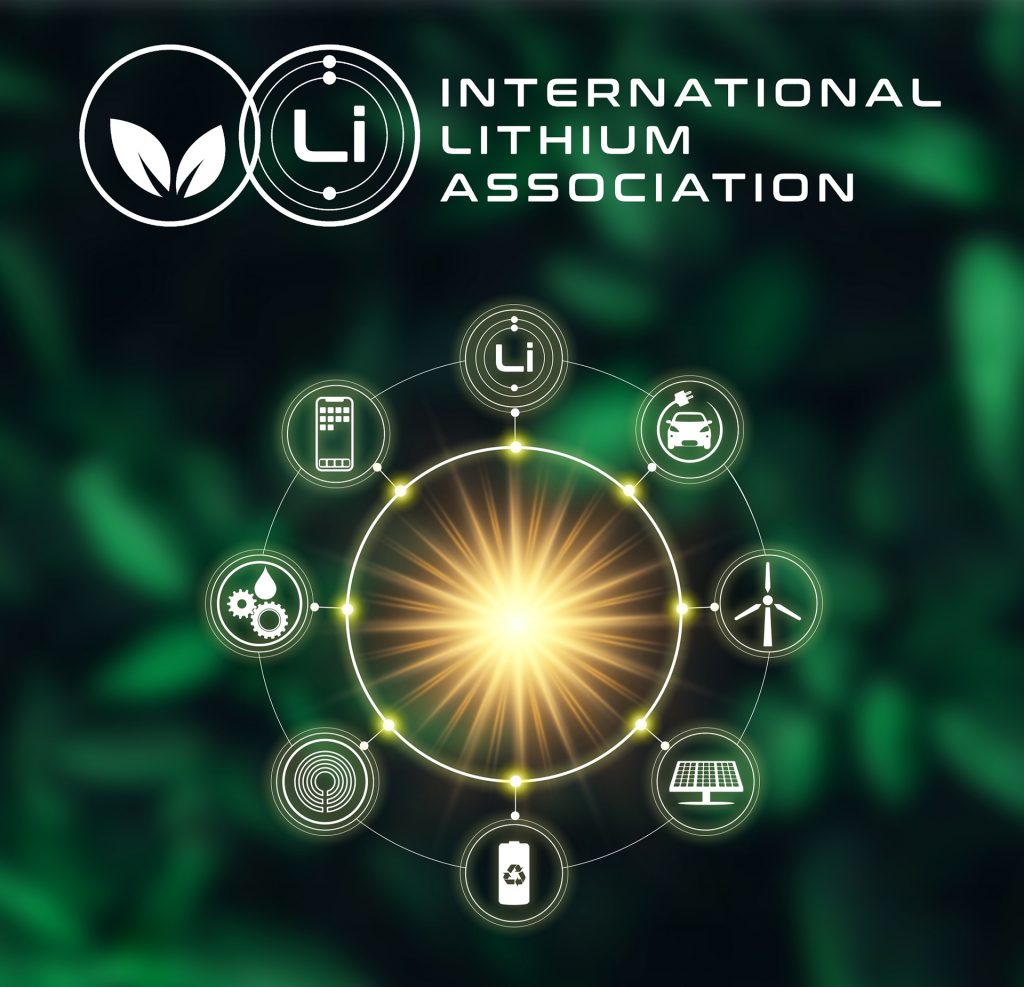
We have entered the lithium century.
The lithium industry has just begun a marathon growth period with vast potential and many challenges. The International Lithium Association is here to support it every step of the way!
For more information on ILiA and details of how to join, please use the contact details below.
Please note, this article will also appear in the ninth edition of our quarterly publication.

